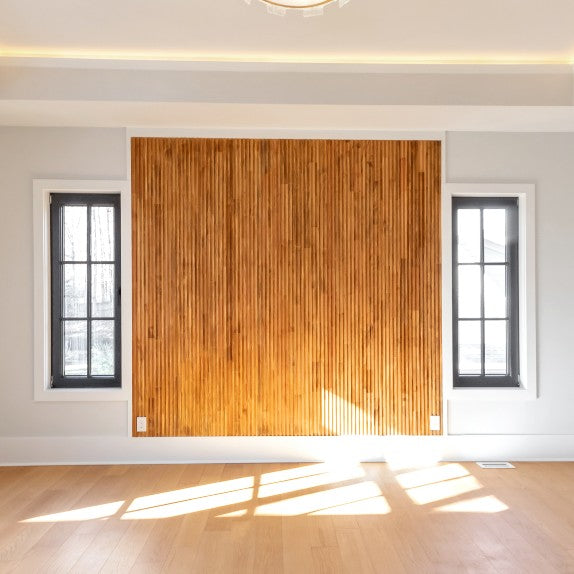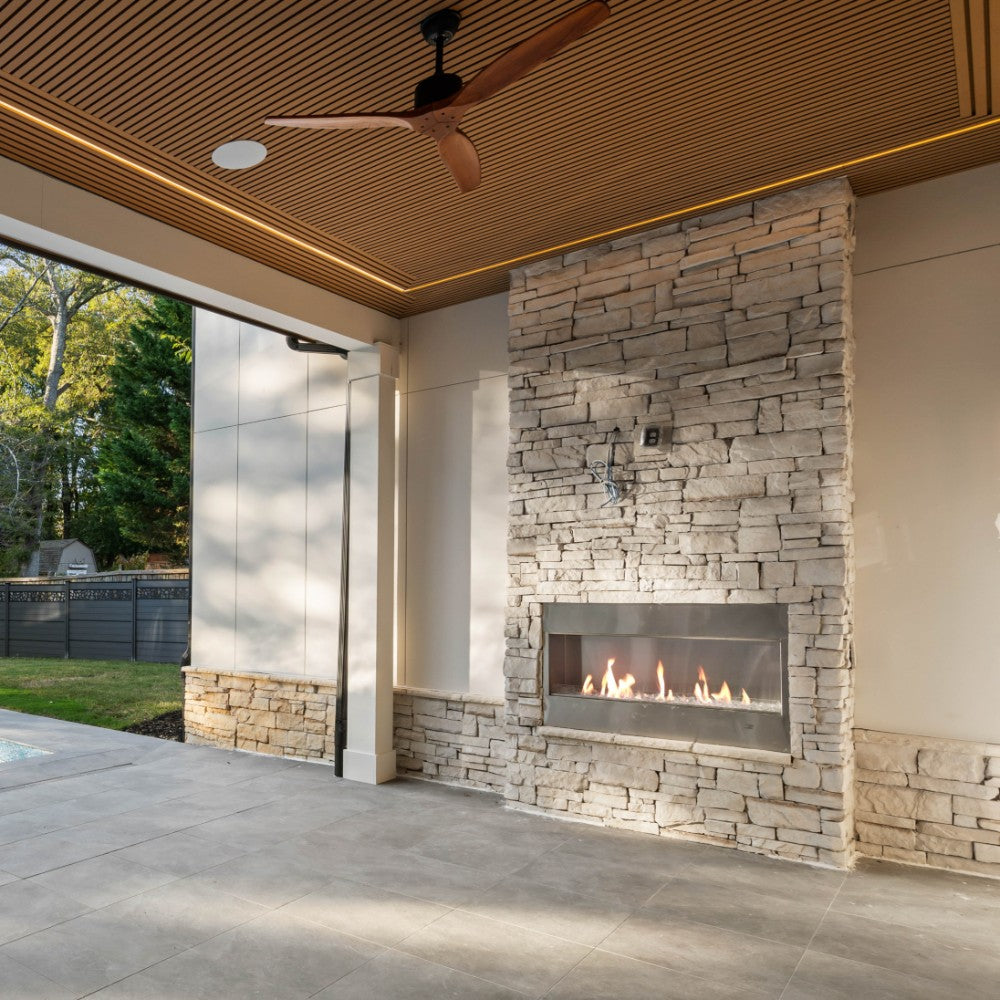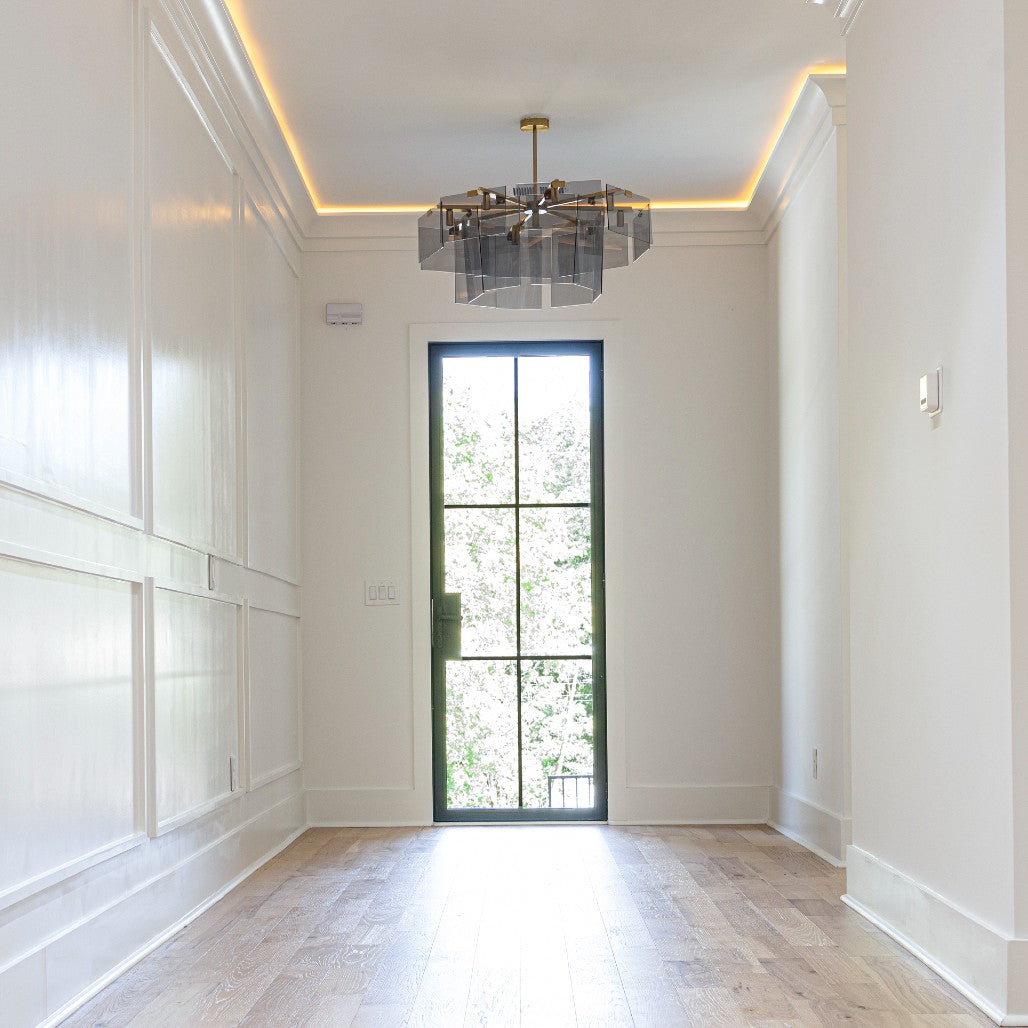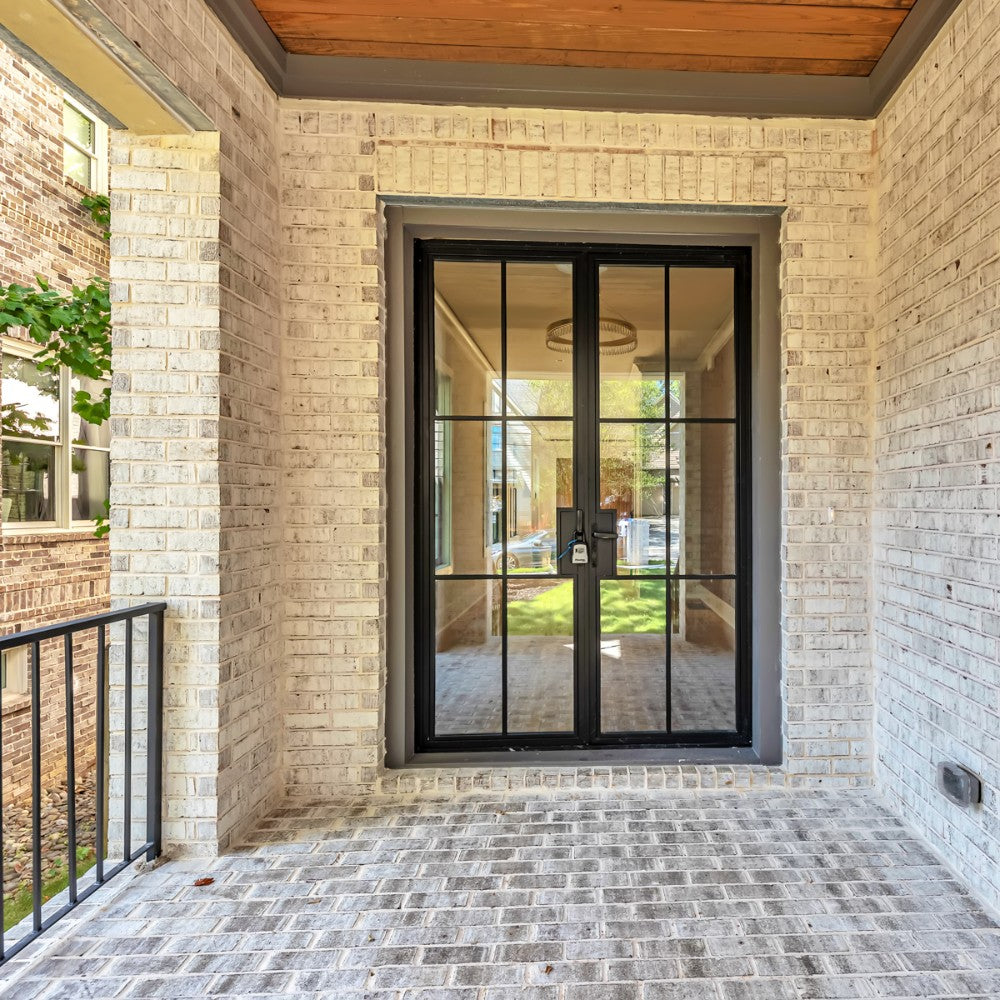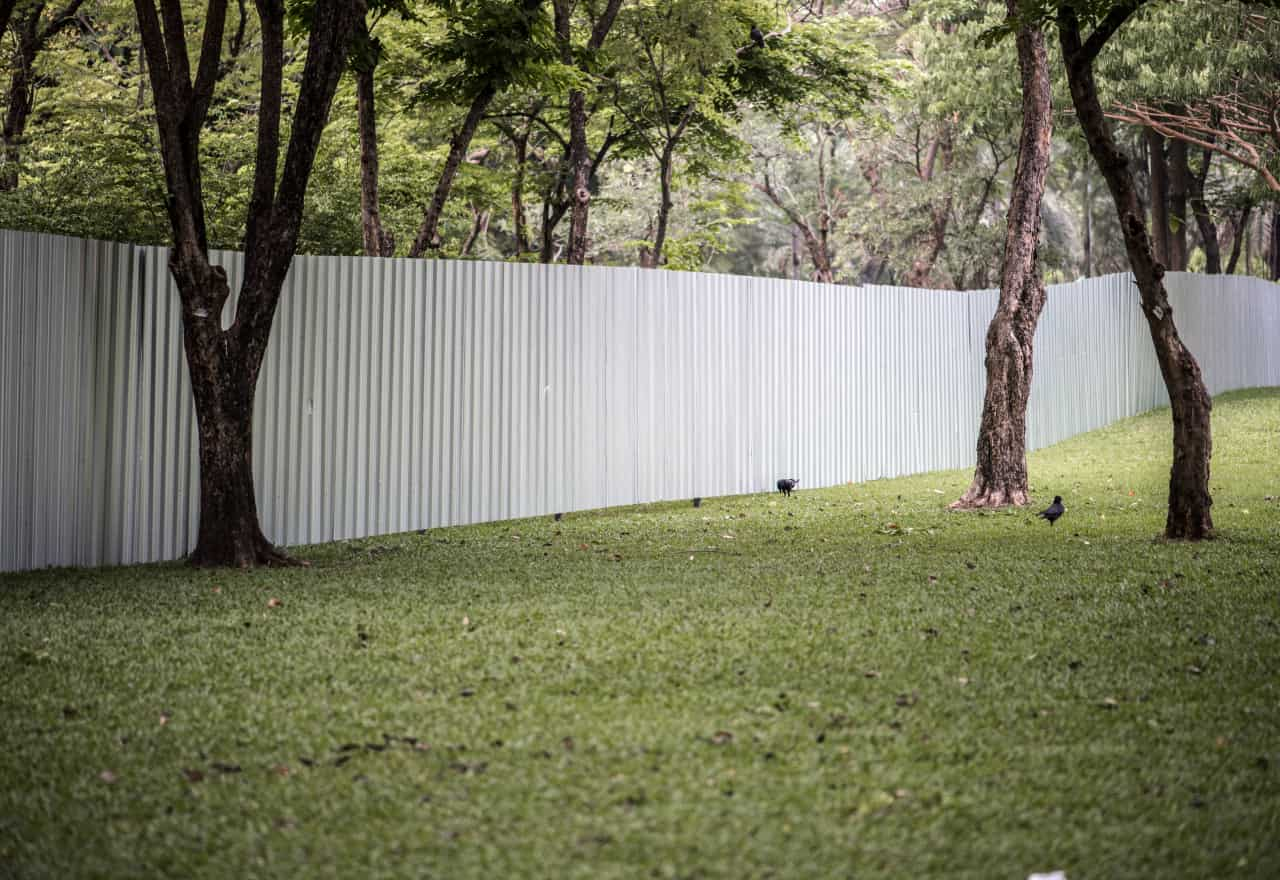
The Role of Fences in Modern Landscaping and Property Design
In the world of cutting-edge landscaping today, fences surpass just practical barriers. They play a quintessential function in improving the classy attraction and privacy of residential and business houses. With numerous patterns, substances, and designs, fences contribute substantially to the overall appearance and sense of outdoor regions, whether or not they outline a garden, offer safety, or add a decorative touch to belongings.
As belonging proprietors seek to create more personalized, realistic environments, fences have become a critical element of property design. The preference for fencing fabric wood, metal, or composite along with its format can really redecorate the panorama, presenting every protection and a cohesive appearance. From smooth current designs to rustic patterns, the proper fence can complement a belongings’ structure while fulfilling sensible desires, such as defining spaces, growing safety, or decreasing noise.
The Evolution of Fencing Materials: From Traditional to Modern
Fencing substances have increased significantly over the years, shifting from conventional wood and stone to more present-day alternatives like vinyl, aluminum, and composite. Early fences, built from natural timber or stone, have been fashionable and realistic, imparting privateness and protection without the masses' regard for aesthetics. However, as landscaping and belongings design have become more state-of-the-art, the demand for long-lasting, low-safety, and visually attractive materials grew. This shift allowed owners and asset designers to pick from a much wider array of alternatives, every imparting terrific advantages that cater to fashionable desires.
Modern materials, consisting of composite, vinyl, and steel fences, offer superior durability and longer lifespans than traditional timber fences. Vinyl, for example, is proof of weather conditions and doesn’t require standard safety like painting or staining. Meanwhile, metal fences provide a swish, modern-day appearance and are extraordinarily sturdy, ensuring privacy and protection. As a result, the available cloth picks offer versatility and function, making it much less complicated for owners to select the proper fence that aligns with their format's imaginative, prescient, and practical needs.
Enhancing Privacy and Security with Fencing
One of the primary functions of a fence in contemporary landscaping is to offer privacy and safety for property owners. Fences act as a barrier, defending the house from the outdoors worldwide, whether from prying eyes, noise pollution, or intruders. In residential regions, wherein privateness can be restrained because of near friends, a properly located fence can create a revel in seclusion. This makes outdoor areas more enjoyable, whether or not for personal relaxation or website hosting gatherings, permitting proprietors to create a sanctuary from the outdoors world.
Regarding safety, a strong fence can act as the first defense against trespassers, burglars, or undesirable animals. Tall, strong fences and not using climbable functions provide a physical deterrent to intruders, while locked gates similarly decorate protection. Fencing also gives security in correctly maintaining pets and children's belongings, preventing them from wandering onto busy streets or neighboring yards. As protection and privacy are paramount worries for house owners, incorporating a well-designed fence into the landscape significantly improves each.
Fences as Architectural Features in Property Design
Fences are not just purposeful structures they have grown to be key architectural elements that define the boundaries of a property, even complementing its ordinary layout. In contemporary landscaping, a fence can decorate a home's architectural capabilities by incorporating complementary substances, colorings, and designs. For instance, a minimalist metallic fence can accentuate the modern lines of a present-day home. At the same time, a wrought iron fence may also align perfectly with the conventional architecture of an antique property.
When designed thoughtfully, fences can help tie together an asset’s exterior design. They work along factors like gates, hedges, or lighting fixtures to create a cohesive outdoor environment. This architectural method ensures that fences don’t simply serve a reason but also contribute to the visual appeal of assets. By considering the home's architectural fashion, the right fence layout can harmonize with the environment and increase the reduced attraction of the belongings.
Sustainability and Eco-Friendly Fence Options
As sustainability becomes a central consciousness in each landscaping and property layout, eco-friendly fencing options are gaining popularity. Many asset proprietors are searching for substances that now serve their functional purpose and have a minimum environmental impact. Eco-pleasant fences are made from sustainable materials, including bamboo, recycled plastic, or reclaimed timber, which assist in reducing the carbon footprint of production initiatives while keeping them delicate and sturdy.
In addition to using sustainable materials, eco-friendly fences can combine design features promoting environmental concord. For example, an inexperienced wall comprising flora or mountain climbing vines can offer a herbal barrier to improve air and foster biodiversity. This form of fence complements the classy appeal of the landscape by developing an inexperienced oasis, blending seamlessly with the herbal environment. Incorporating sustainability into fence layout facilitates asset owners to contribute to environmental conservation while reaching the sensible blessings of fencing.
Soundproofing and Noise Reduction with Fencing
One of the lesser-regarded but practical benefits of fencing in city environments or houses near busy roads is its ability to lessen noise pollutants. A stable, high fence can act as a barrier against the sounds of site visitors, production, and other disturbances, presenting quieter and more peaceful surroundings on the property. Fences crafted from dense substances like concrete or composite can take in sound waves, appreciably lowering the amount of noise that enters the assets.
Noise-decreasing fences are particularly beneficial for homes in noisy neighborhoods or business properties positioned near excessive-site visitor areas. By blockading or deflecting sound, these fences create a greater first-rate outdoor dwelling space, permitting people to enjoy their gardens, patios, or yards without consistently disrupting surrounding noise. This makes fencing a valuable device for those in search of both privateness and calmness of their outside areas.
Defining Outdoor Spaces and Landscaping Design
Fences often outline the diverse practical zones within a panorama, including gardens, patios, or swimming pools. House owners can establish clear boundaries for every part of their assets by using specific varieties of fencing to split regions. This no longer facilitates organizing the space but enhances its ordinary layout, giving every place its identification and purpose. A decorative fence can be a visible divider between the front backyard and backyard, whilst a taller privacy fence may also enclose a secluded lawn retreat.
In cutting-edge landscaping, fences also enhance the waft of the belongings, guiding site visitors through different regions whilst ensuring the space feels cohesive. For example, a well-placed wall could create a herbal path critical to a patio or lawn, contributing to the general go with the drift and format of the space. By incorporating fencing as part of the landscape layout, proprietors can create purposeful, visually appealing outside regions that can be practical and aesthetically charming.
Fences for Pet Containment and Safety
For puppy proprietors, one of the most critical issues in asset design is ensuring that their pets are secure and contained inside the obstacles of the assets. Fences are a powerful answer for preventing pets from wandering off or entering risky regions of busy streets or neighboring homes. A nicely built fence keeps pets stable, offering them the liberty to roam and play in a managed environment without the danger of getaway or damage.
Different types of fences can cater to the specific desires of numerous pets. For instance, a tall, solid wall is right for massive puppies inclined to leap or climb, while a decreased, wood-fashion fence may also suffice for more miniature puppies. For cats, fences with slender slats or even cat-evidence designs ensure that pets stay thoroughly inside the property. The right wall ensures that each pet and its belongings remain secure, permitting pets to revel outdoors.
The Impact of Fencing on Property Value and Curb Appeal
A well-designed fence complements the functionality and aesthetics of belongings and can boost their market price. Potential consumers frequently appreciate the privacy, protection, and curb appeal a fine fence affords. A fence can make a property stand out in the marketplace by imparting a properly maintained exterior and adding a sense of refinement to the house’s common appearance. Whether a grand wrought-iron fence or an easy wooden fence, the right preference can increase a domestic’s visible enchantment.
Fences additionally contribute to curb appeal by framing the property and developing an inviting entrance. An elegant, properly maintained fence serves as the first influence for each person coming near the assets, signaling that the property owner takes delight in their outdoor area. Furthermore, a fence can complement landscaping elements like flower beds, bushes, or shrubs, developing a cultured and coordinated look that adds to the overall value of the belongings.
Combining Function and Style: Custom Fencing Solutions
For those looking to achieve a sincerely unique out-of-door layout, custom fences can combine features with private fashion. Custom fences can be tailored to suit specific needs, whether for a personal lawn, a protection perimeter, or an ornamental function. With an array of substances, styles, and finishes, belongings proprietors can paint with designers to create a fence that fits seamlessly into their panorama design and meets their individual requirements.
Custom fences additionally allow for a better stage of creativity and individuality in asset design. Whether incorporating artistic elements, integrating lighting, or using unusual materials, custom fences offer limitless opportunities. These fences pass past simply enclosing a space—they are a fundamental part of the layout, adding character, specialty, and non-public contact to the property. Custom fencing guarantees that every belonging has a fence that perfectly aligns with its design's imaginative, prescient, and practical demands.
Fences: A Key Element in Modern Landscaping and Property Design
Incorporating the right fence into your home design will transform your space's capability and aesthetic. From supplying privateness and security to enhancing slash appeal and defining outside zones, fences play a multifaceted role in landscaping. The huge materials and design alternatives available nowadays allow homeowners to pick out fences that align with their unique wishes, whether reducing noise, improving sustainability, or genuinely developing a lovely visual boundary.
When choosing excellent substances for your fence and assets design, USA Builder Depot may be the pinnacle for creating substances. With an extensive range of exquisite alternatives and professional steering, they provide everything to make the best fence for your home.Visit our website for greater information and to discover our substantial series of materials and answers. We provide clean contact alternatives to help you attain the fence layout of your dreams.


